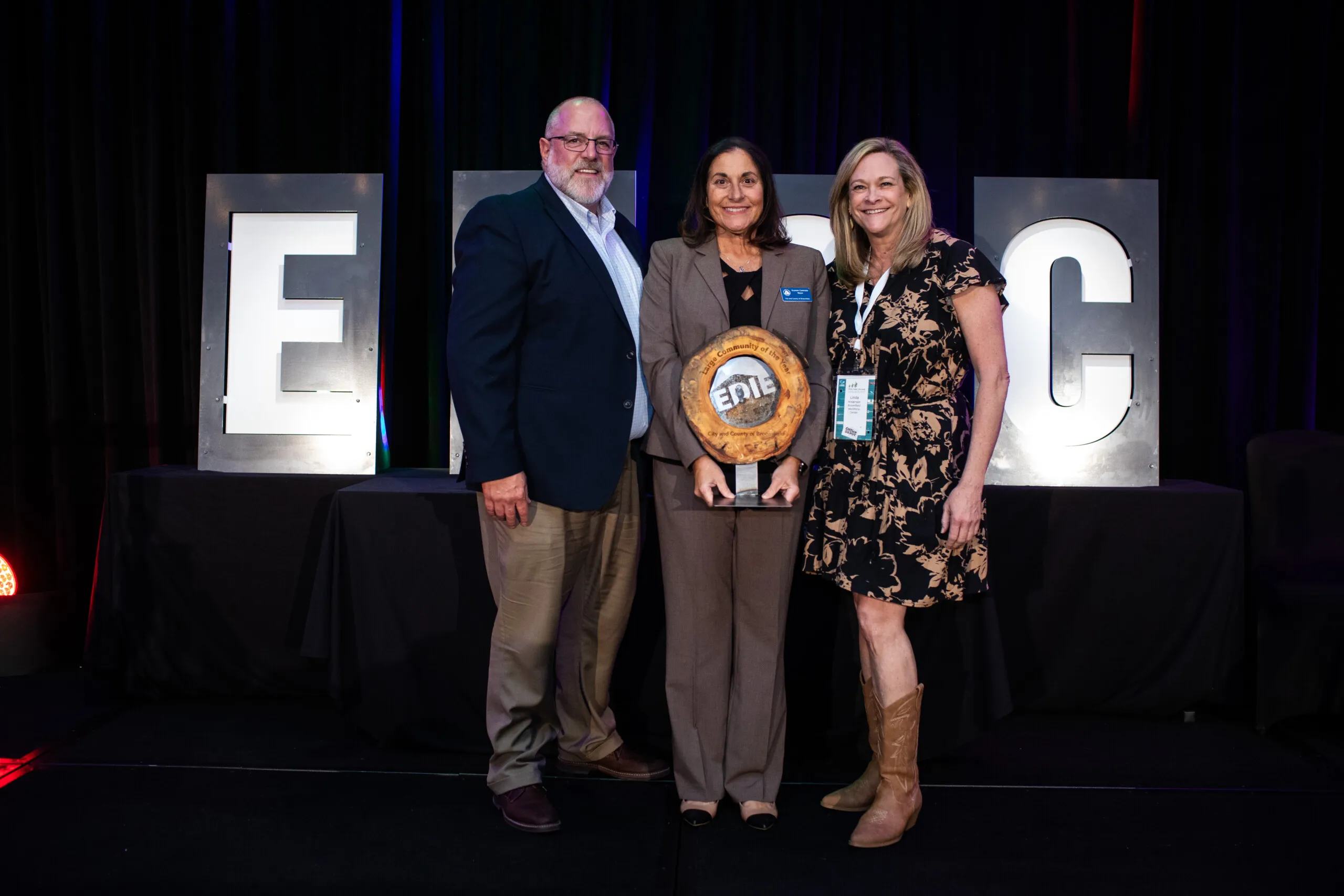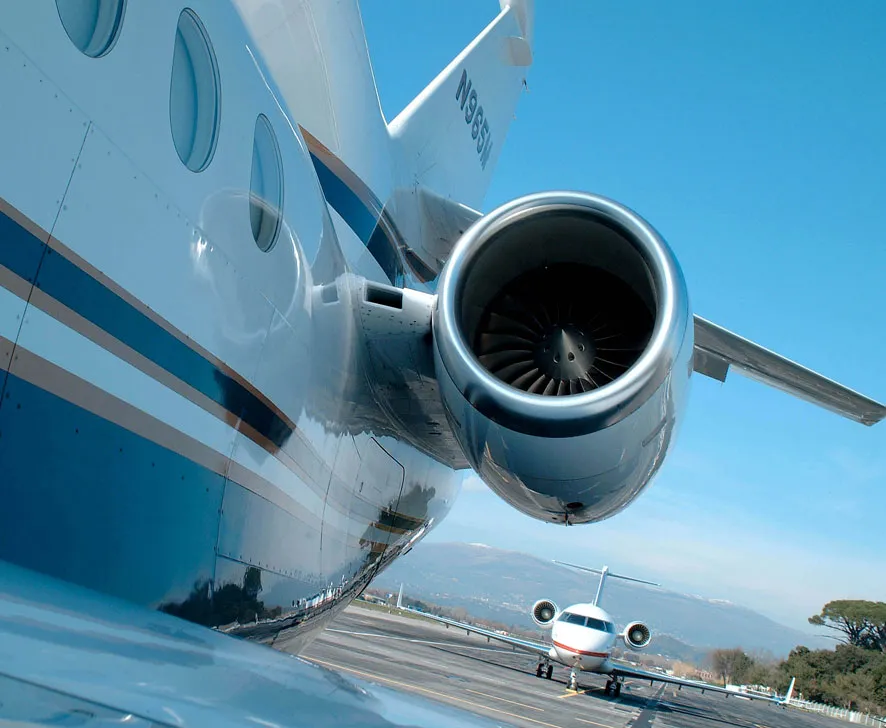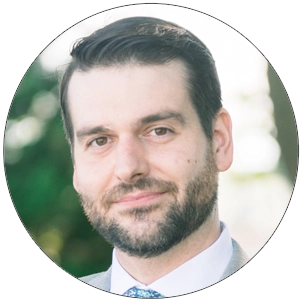Greeley population surpasses Boulder’s, which declines for third consecutive year
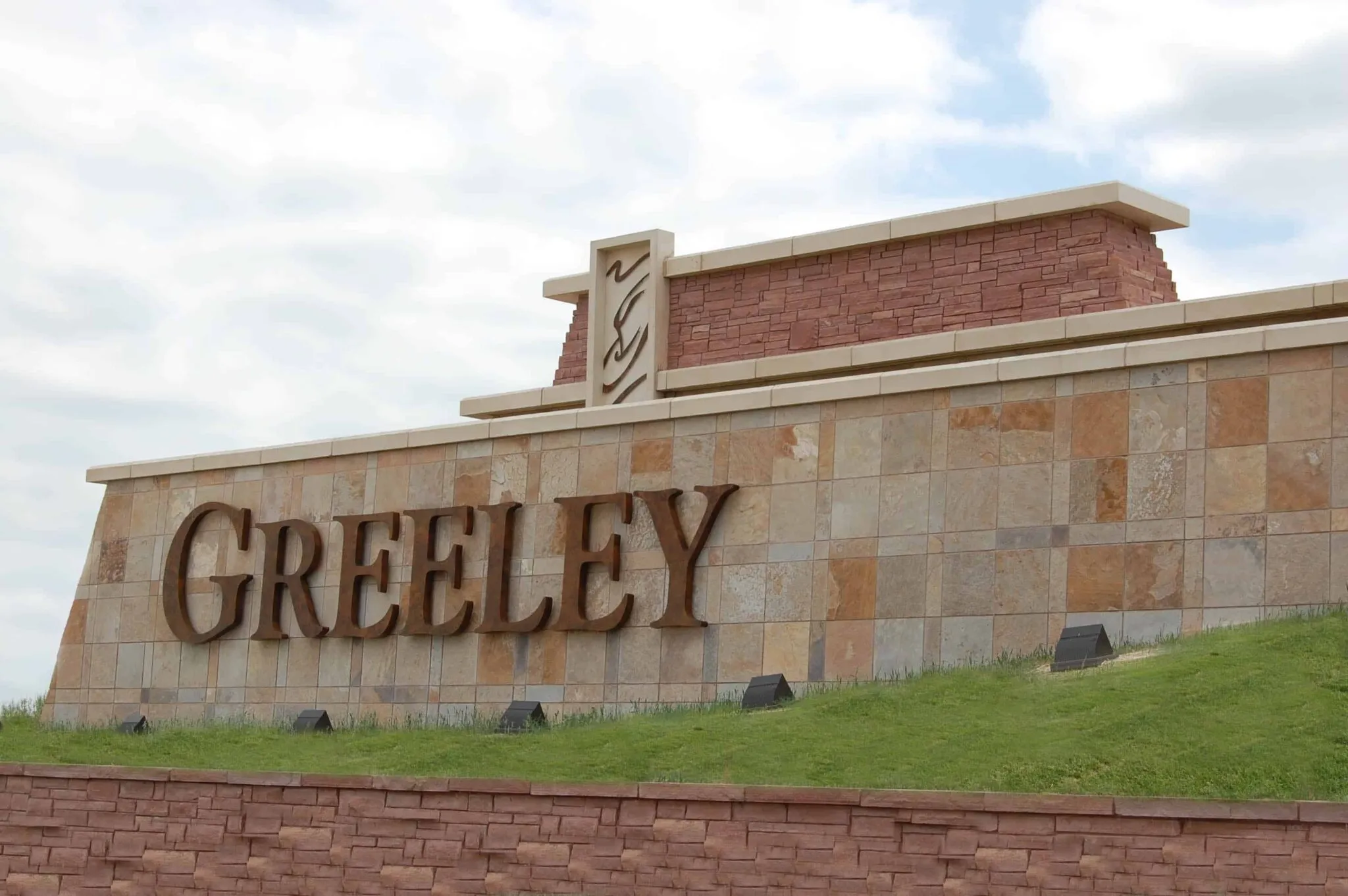
Greeley’s population increased to 108,649 in 2019, surpassing Boulder as that city marked its third consecutive year of population decline.
That’s according to the latest 2019 population estimates released at 12:01 a.m. Eastern Time Thursday by the U.S. Census Bureau. The estimates are as of July 1, 2019.
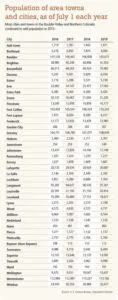
Greeley’s population increased 1.1% from the previous year, buoyed by new residential developments and — until recently — strong energy and agribusiness sectors.
Roy Otto, Greeley city manager, said the city’s staff estimates that Greeley’s population actually surpassed 110,000 this year. He…
THIS ARTICLE IS FOR SUBSCRIBERS ONLY
Continue reading for less than $3 per week!
Get a month of award-winning local business news, trends and insights
Access award-winning content today!

